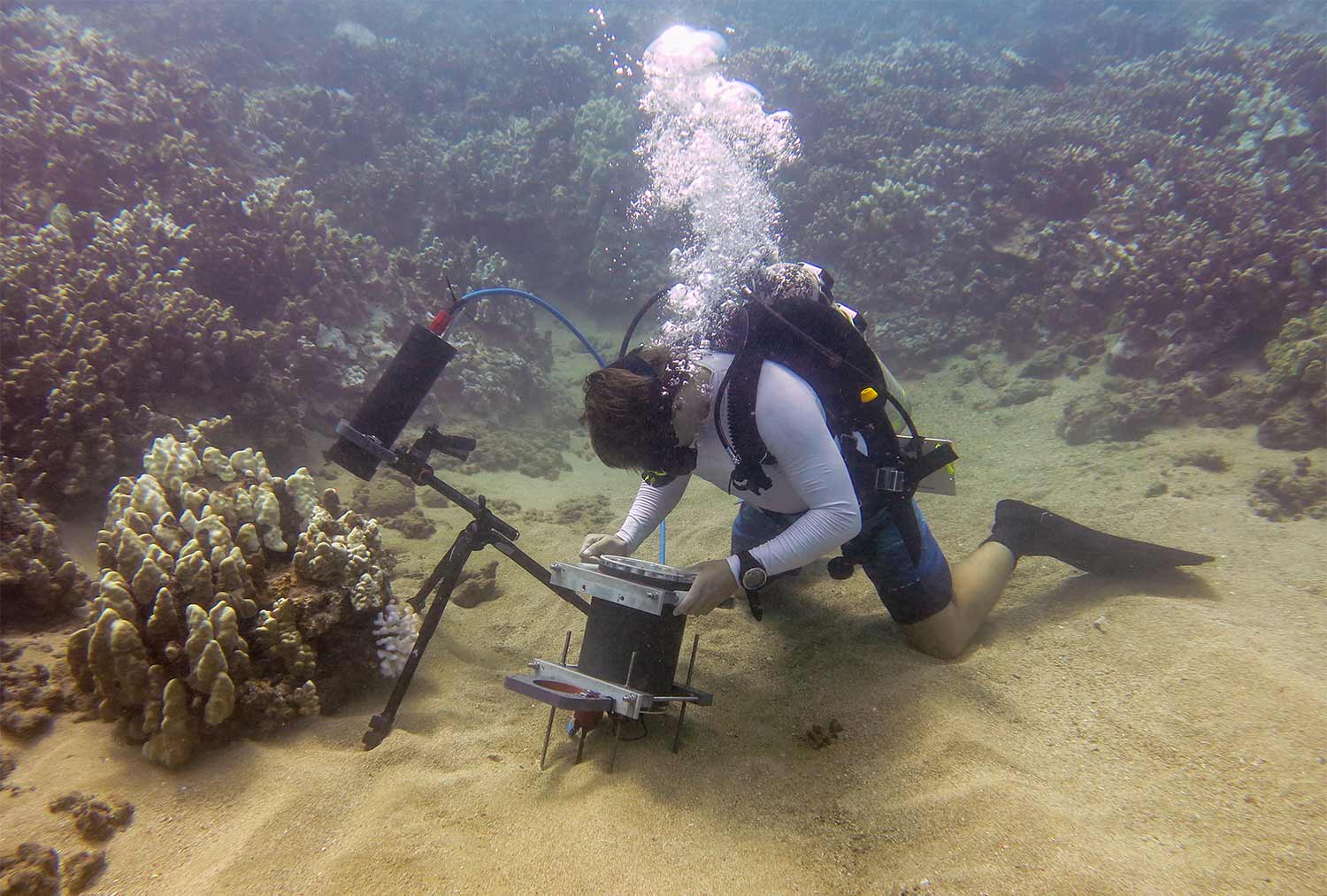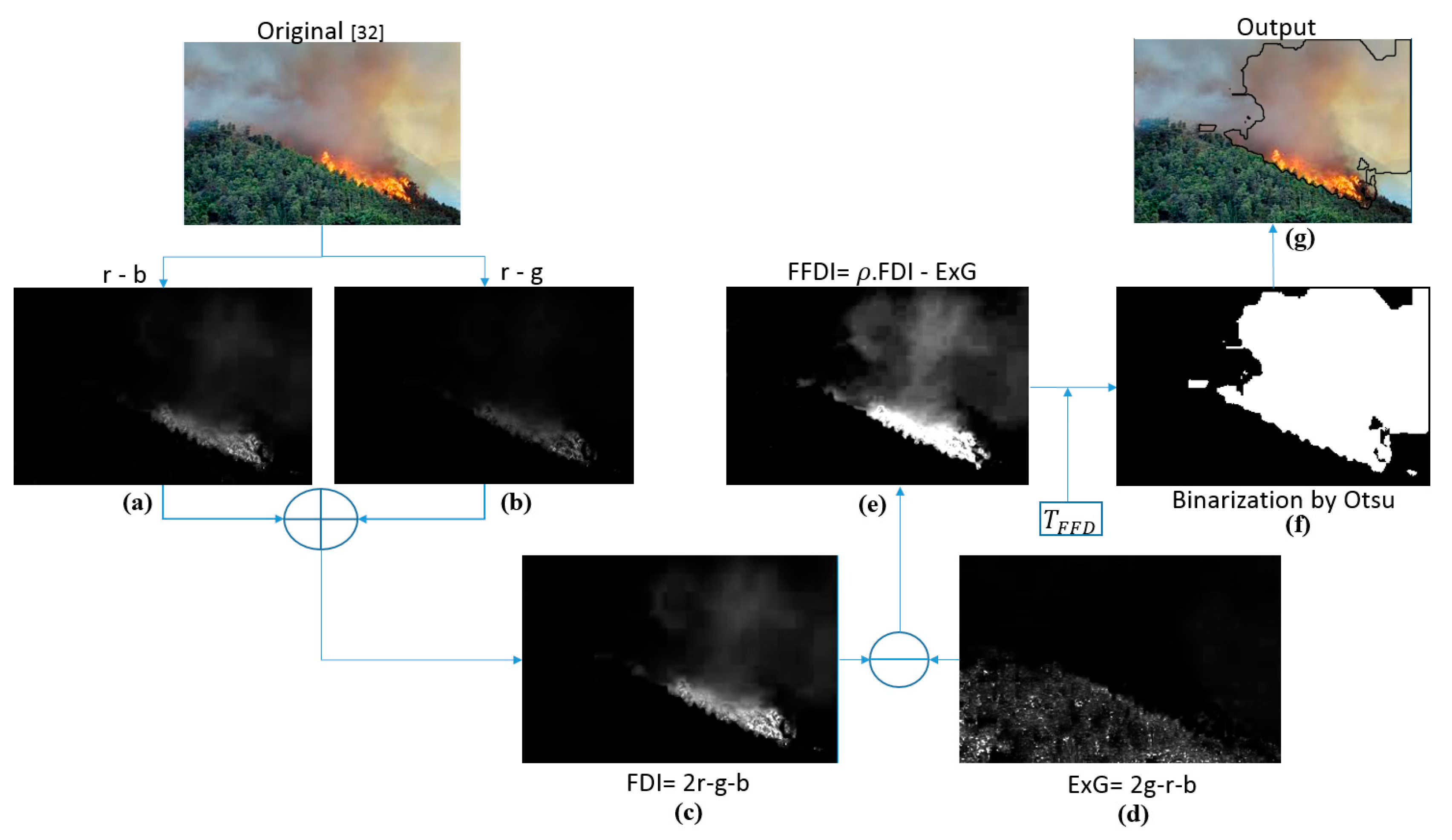Data shows a warmer, drier California has produced more destructive wildfires
Data shows California is warmer and drier than past decades. The effects of the change in climate have proven deadly, as dry vegetation in low humidity provides ample fuels for wildfires.
According to the San Jose Mercury News, “The numbers are stark. California has warmed roughly 3 degrees Fahrenheit since 1980 during the autumn months of September, October, and November. Rainfall in those months has fallen by about one-third over the same time. And the result has been a state increasingly on fire.”
Data Visualization
To see how the state’s temperature and precipitation have changed over the decades, Dr. Robert Rohde, lead scientist at Berkeley Earth, created a GIF showing the average daily temperature and average precipitation for California for more than 100 years. He then highlighted the years when the largest (annotated with □) and the most destructive (annotated with ◊) fires occurred. It clearly shows that the majority of the largest, most destructive wildfires occur in seasons that are both hot and dry.
The animation’s time progression also shows that California has more frequent hot and dry seasons since 2000, and this corresponds to the worst of the wildfires. Only one of the top ten destructive fires in terms of structures lost occurred prior to 2000. Based on the size of the fires, again only one of the top ten occurred prior to 2000.
The GIF was created with MATLAB. The weather data is from NOAA’s Climate at a Glance Explorer. The rankings of the fires came from Cal Fire.
Tinder Box
Quartz’ shared views of noted climate researchers in the article titled Climate change helped make California a tinder box for its record-setting wildfires.
“In all likelihood, it’s a scenario that climate change helped to create, according to Daniel Swain, a researcher at the University of California-Los Angeles’ Center for Climate Science. In a detailed thread on Twitter, Swain walked through the conditions that contributed to the fires now burning across the state, and the research showing how climate change made them possible.” – Quartz
Additional facts regarding California wildfires:
- Of the 20 worst wildfires in state history, four were just last year (2017). – The New York Times.
- For 2018, The Mendocino Complex Fire (July) was the largest in California history, burning total of 459,123 acres (1,858 km2) before 100% containment was achieved in September 2018. –The Sacramento Bee.
- The Camp Fire is now the deadliest and most destructive fire in California history, destroying more than 12,000 homes with a death toll that continues to climb. – ABC News.
 Cleve’s Corner: Cleve Moler on Mathematics and Computing
Cleve’s Corner: Cleve Moler on Mathematics and Computing The MATLAB Blog
The MATLAB Blog Guy on Simulink
Guy on Simulink MATLAB Community
MATLAB Community Artificial Intelligence
Artificial Intelligence Developer Zone
Developer Zone Stuart’s MATLAB Videos
Stuart’s MATLAB Videos Behind the Headlines
Behind the Headlines File Exchange Pick of the Week
File Exchange Pick of the Week Hans on IoT
Hans on IoT Student Lounge
Student Lounge MATLAB ユーザーコミュニティー
MATLAB ユーザーコミュニティー Startups, Accelerators, & Entrepreneurs
Startups, Accelerators, & Entrepreneurs Autonomous Systems
Autonomous Systems Quantitative Finance
Quantitative Finance MATLAB Graphics and App Building
MATLAB Graphics and App Building








Comments
To leave a comment, please click here to sign in to your MathWorks Account or create a new one.